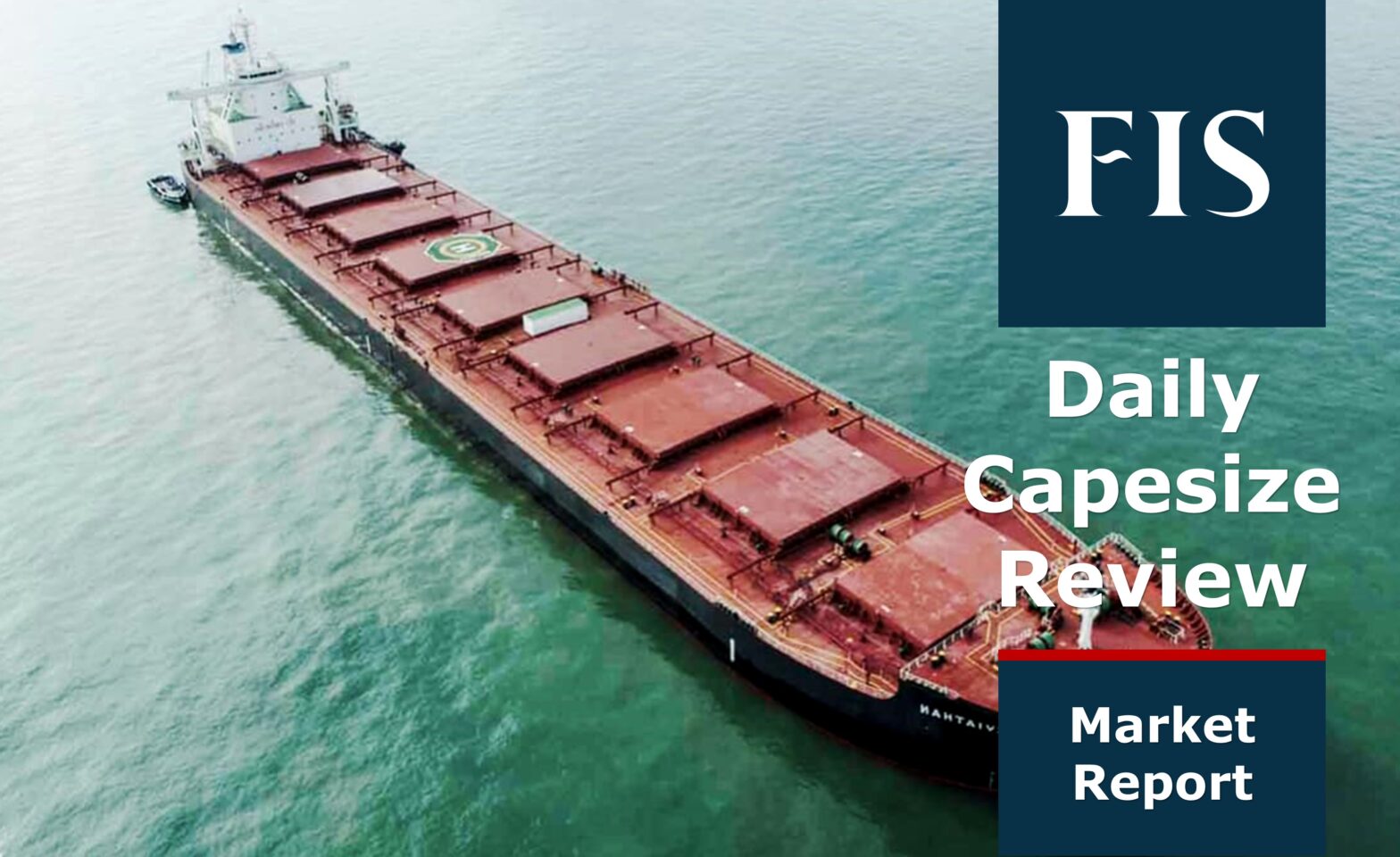Capesize freight rates extended losses on lacklustre shipping activities with market concerns over poor weather and worsening covid situation in China.
The Capesize 5 time charter average, then dropped by $629 day-on-day to $17,412 on Wednesday, after another session of market selloff.
The Baltic Dry Index (BDI) however, improved by $29 day-on-day, or up 1.14% day-on-day, to $2,575, due to better freight rates.
High availability of spot tonnage to lower freight rates
Freight rates were weakened due to ample supply of spot tonnage for both the Pacific and Atlantic basins, though most shipowners preferred to keep vessels in the Pacific, instead of ballasting them westward.
Hence, the tonnage list for Pacific market remained long and put pressure on further freight rate hikes, though there had been more demand in moving coal cargoes.
However, some trade participants noticed a slowdown among the European buyers to ship coals from eastern Australia, while China’s seaborne coal demand is likely to increase in the near term due to restocking activities ahead of summer season and the country’s railway maintenance that is expected to hamper the supply chain during the month of April.
Bunker prices face correction over crude volatility
The bunker prices went down slightly over crude volatility, as the price of VLSFO dipped by $1/mt to $896.50/mt in the port of Singapore.
Despite the slight correction, the market optimists expected crude prices to top $150/bbl in the near term, due to the prolonging Russia-Ukraine war that affected supply.
As some market estimated that around 4 million bpd of Russian oil supply had been left out of the market, following the Russian invasion of Ukraine during the late-February period.
Besides, jet fuel will soon be in high demand, as more countries lifted travel restrictions, allowing more people to opt for travels via flights.
